Home » Residential & Farm » Building Options » Roof Trusses & Pitch Changes



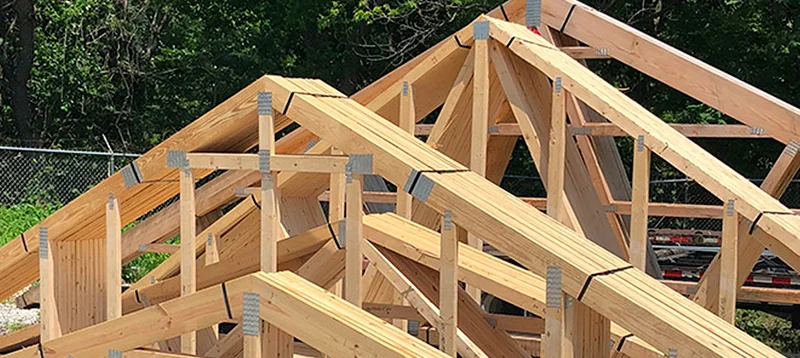
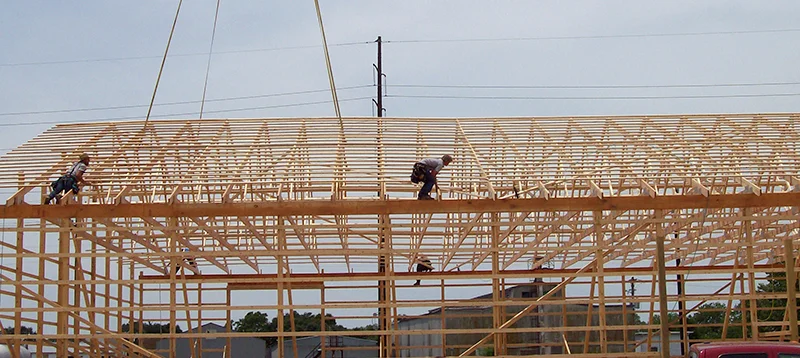
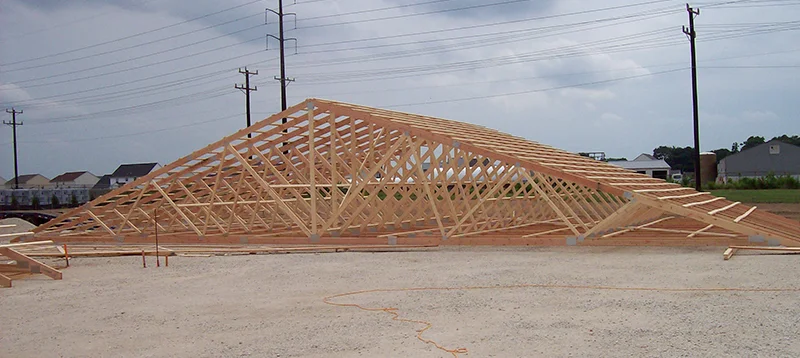
Also known as Rise over Run or Rise/Run. For example, an 8/12 pitch roof means that the roof rises 8” for every 12” it runs. Roof pitch can impact both the form and function of your pole building, especially when paired with the right roof trusses and structural trusses in your pole barn design. Most standard-sized pole buildings look and perform best with a 4/12 pitch.
A roof’s pitch also serves an important function. A high pitch allows snow and water to roll off better than a lower-pitched roof. A roof needs to be designed and engineered to handle snow loads in the area where it is being built, working together with properly engineered pole building trusses.
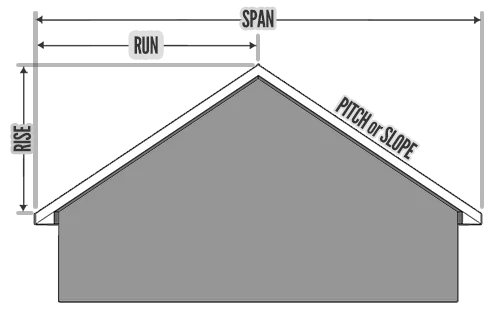

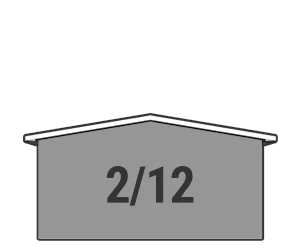
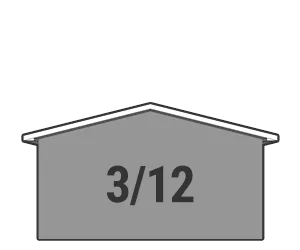
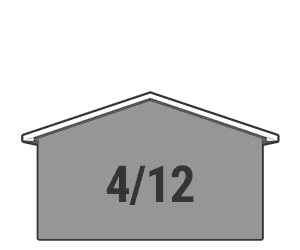
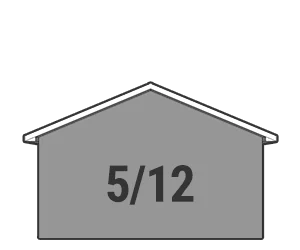
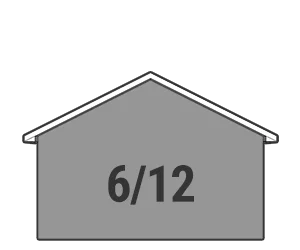
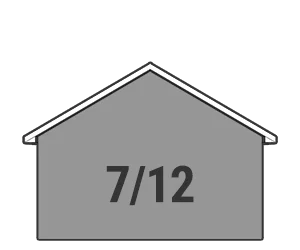
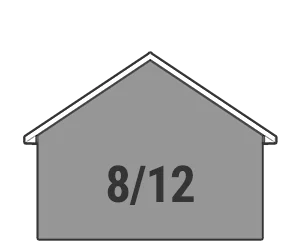

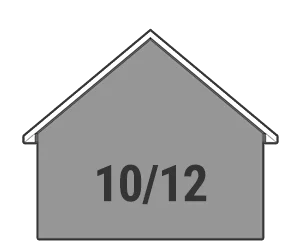
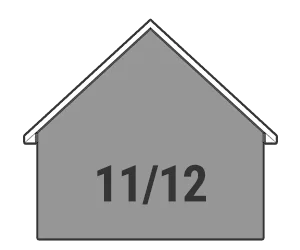

Structure
Roof Trusses & Pitch Changes
Contact us at the Delmarva office nearest to you or submit an inquiry online